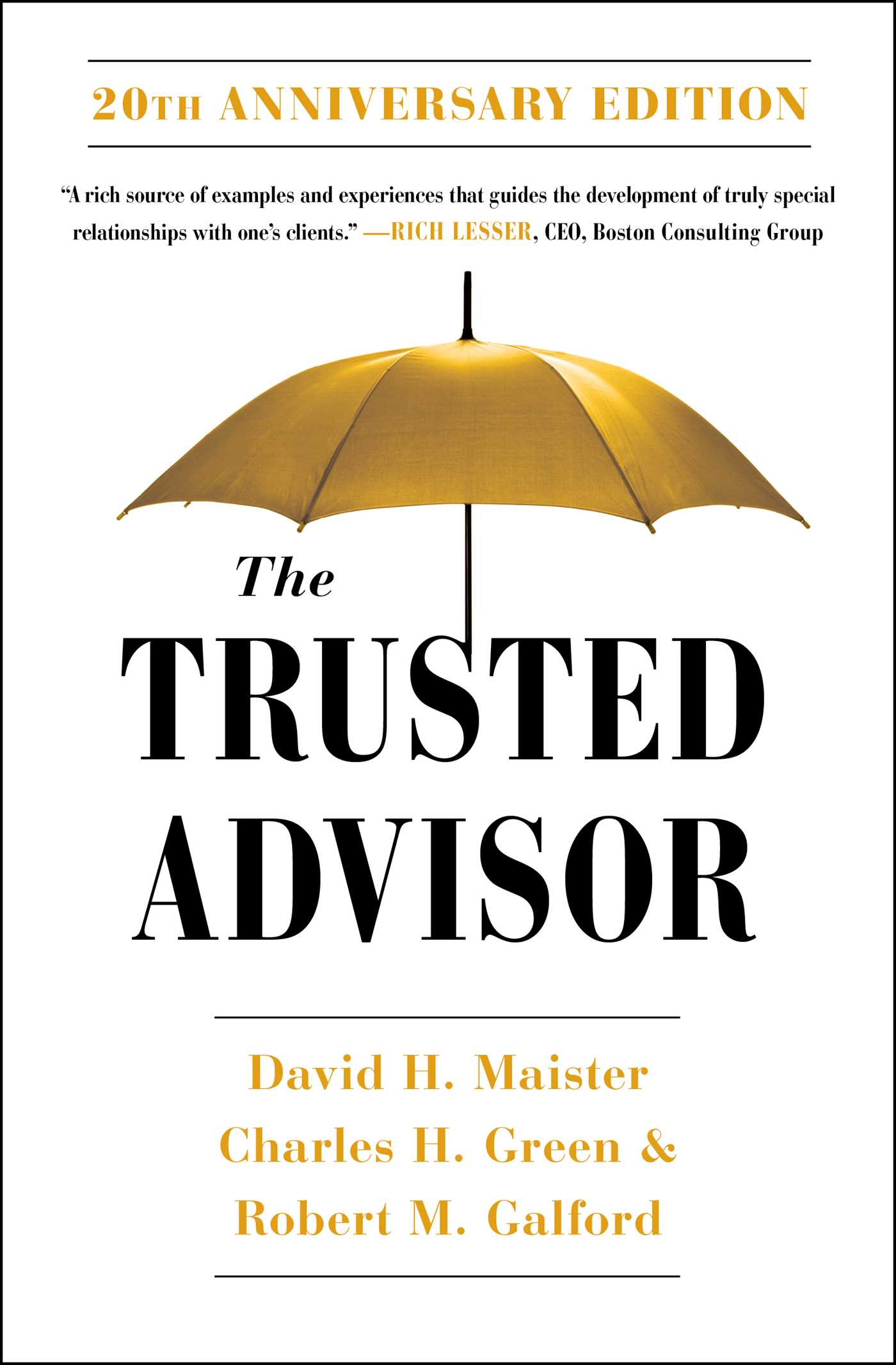What do you think?
Rate this book


336 pages, Paperback
Published February 2, 2021
Have I done any good in the world today?
Have I helped anyone in need?
Have I cheered up the sad, and made someone feel glad?
If not, I have failed indeed.
Has anyone’s burden been lighter today, because I was willing to share?
Have the sick and the weary been helped on their way?
When they needed my help was I there?
If not, then:
Wake up! And do something more, than dream of my mansion (or whatever) above (or wherever).
Doing good is a pleasure, a joy beyond measure, a blessing of duty and love.